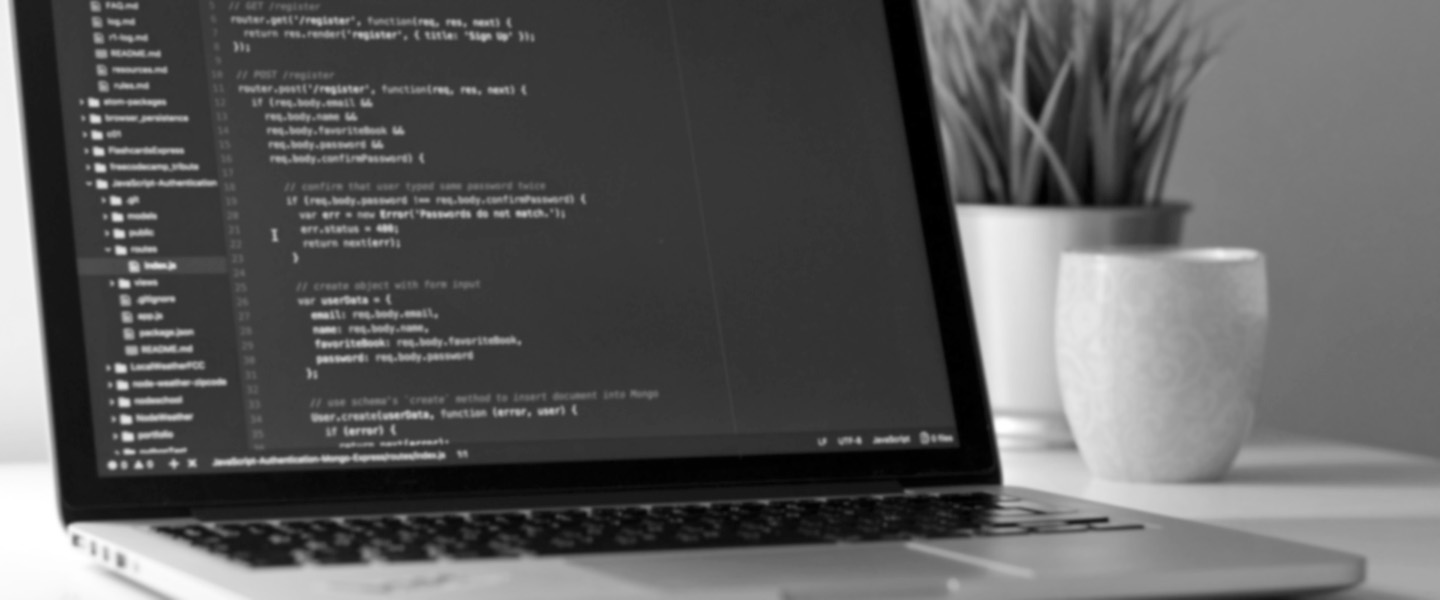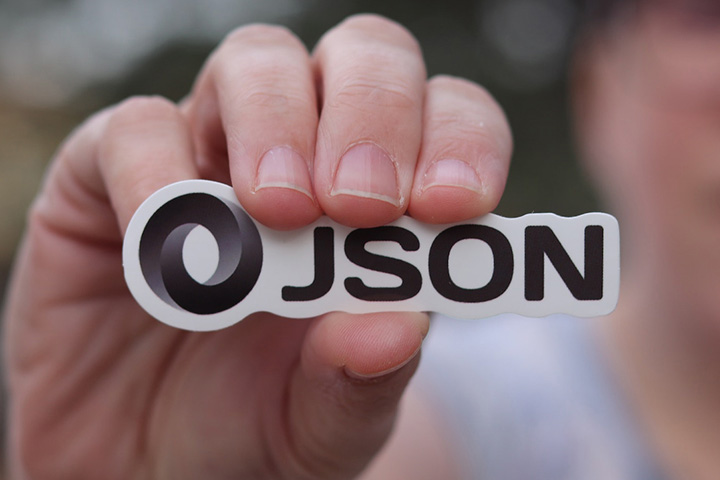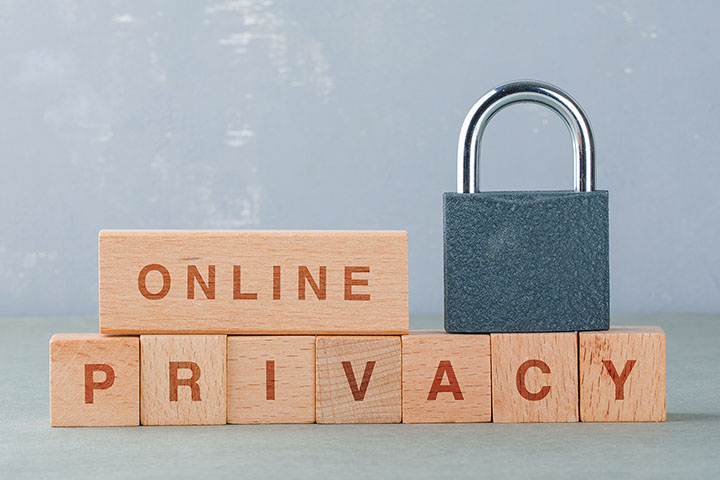
The Ultimate Guide to Creating a Favicon for your website
Do you know what a favicon is? If you don't, you are not alone. Many people are unaware of the term favicon. But, if you own a website or are interested in web development, you need to know what a favicon is.
In this guide, we will explain what a favicon is, where it is displayed, and how to create and implement one for your website.
Introduction
Have you ever noticed a small icon next to a website's name in your browser's tab or bookmarks? That's called a favicon, or "favorite icon". Favicons are tiny yet essential elements of a website's design that can significantly enhance its brand identity and user experience.
It is crucial to have a favicon for your website. A well-designed favicon can enhance the look of your website, help your website stand out and make it easier for users to navigate and recognize your site.
Why are favicons important?
Favicons are important for several reasons:
- Branding:
A well-designed favicon can help with your website's branding efforts. It can help make your site more recognizable to your visitors and create a more professional look. - User experience:
How many tabs do you have open right now? Favicons can make it easier for users to navigate through multiple open tabs in their browser. They can quickly identify which tab corresponds to which website. - Search engines:
Some search engines use favicons in their search results, which can help your website stand out.
Everything you need to know about favicons
In 2023, favicons will continue to be an essential part of web development and branding. Here are some things you need to know about favicons:
What makes a good favicon?
A good favicon should be simple, recognizable, and unique. It should also be related to your website's brand or content. Here are some tips for creating a good favicon:
- Use a simple design that can be easily recognized at a small size.
- Choose colors that are consistent with your website's color scheme.
- Avoid using too much detail or text in your favicon.
- Make sure your favicon is unique and not similar to other favicons.
What size should a favicon be?
In 2023, the recommended size for a favicon is still 32x32 pixels. However, some browsers may display favicons differently, so it's best to have a slightly larger favicon to ensure it looks good across all browsers and devices.
How to create a favicon
Creating a favicon is relatively easy. You can use various online tools to create one, or you can design it yourself. Here are the steps to create a favicon:
- Choose an image or design for your favicon
- Resize the image to 32x32 pixels
- Save the image in .ico format
- Upload the favicon to your website's root directory
What is the best format for favicons?
The best format for favicons is .ico. It's a widely supported format and works across all major browsers.
Can I use a PNG or JPG image as my favicon?
Technically, you can use a PNG or JPG image as your favicon, but it's not recommended. These formats are not supported by all browsers, and they may not display correctly. It's best to use the .ico format for your favicon.
How to add a favicon to your website
To add a favicon to your website, follow these steps:
- Create a favicon:
Use a graphic design tool such as Adobe Photoshop, Illustrator, or Canva to create a favicon in the appropriate size and format. Make sure to include different sizes and formats to ensure compatibility with all devices and browsers. Here is an example of a table that shows different favicon sizes and filenames:
| Filename | Size (px) | Format |
|---|---|---|
| favicon.ico | 16x16 | ICO |
| favicon-32.png | 32x32 | PNG |
| favicon-64.png | 64x64 | PNG |
| favicon-180.png | 180x180 | PNG |
- Upload the Favicon:
Once you have created your favicon, save it as an ICO file and upload it to your website's root directory using an FTP client or cPanel File Manager. You can also upload it to a favicon generator tool that will generate the necessary code for you to implement on your website.Save the favicon in your website's root directory. - Add the Favicon Code:
To implement your favicon on your website, you need to add a code snippet to your website's HTML or header section. Here is an example of the code you need to add to your website's HTML:
<link rel="shortcut icon" type="image/x-icon" href="favicon.ico">
<link rel="icon" type="image/png" sizes="32x32" href="favicon-32.png">
<link rel="icon" type="image/png" sizes="64x64" href="favicon-64.png">
<link rel="apple-touch-icon" sizes="180x180" href="favicon-180.png">
The first line of the code refers to the standard favicon file (favicon.ico), while the other lines refer to the different sizes and formats of the favicon. Make sure to replace the filenames and file paths with your favicon's actual filenames and file paths.
- Test your favicon:
After implementing your favicon code, it's crucial to test it on different devices and browsers to ensure it's working correctly and looks good. You can use a favicon checker tool that checks your favicon's compatibility with different devices and browsers and provides feedback on its quality and visibility.
Here are some tools you can use to test your favicon:
- Favicon Checker: This tool checks your favicon's size, format, and compatibility across different browsers.
- Browserling: This tool lets you test your favicon on different browsers and operating systems.
- Google's Mobile-Friendly Test: This tool checks if your favicon is mobile-friendly and looks good on different mobile devices.
How to update your favicon
If you want to update your favicon with a new version, follow these steps:
- Create a new favicon or update the existing one.
- Save the new favicon in your website's root directory with the same filename as the old one.
- Clear your browser's cache to ensure the new favicon is displayed.
How to use animated favicons
Animated favicons, also known as animated icons or favicons with a GIF, can add some visual interest to your website. Here's how you can use an animated favicon:
- Create an animated GIF that's 32x32 pixels.
- Convert the GIF to the .ico format.
- Upload the animated favicon to your website's root directory.
- Add the following code to your website's head section:
<link rel="icon" type="image/ico" href="your-animated-favicon.ico">
Favicons and accessibility
It's important to ensure that your website is accessible to all users, including those with disabilities. When creating a favicon, make sure it's accessible to screen readers by including alternative text (alt text) for the favicon. This will help users with visual impairments understand what the favicon represents.
FAQs about favicons
- Can I use an SVG file as my favicon?
No, SVG files are not supported by all browsers, and it's best to use the .ico format for your favicon. - Do I need a favicon for my website?
While it's not mandatory to have a favicon for your website, it's highly recommended for branding and user experience purposes. - Can I have different favicons for different pages of my website?
Yes, you can have different favicons for different pages of your website. Just make sure to include the appropriate code in the head section of each page. - How can I design a favicon if I'm not a designer?
There are several online tools and resources that can help you design a favicon, such as Canva, Favicon.io, and Favicon Generator. - Can I use a trademarked logo as my favicon?
No, it's not legal to use a trademarked logo without permission. Make sure to use original artwork or hire a designer to create a unique favicon for your website. - Do I need to update my favicon regularly?
It's not necessary to update your favicon regularly, but if you want to refresh your website's look or branding, updating your favicon is one way to do it.
Conclusion
Favicons may seem like a small detail, but they can make a big difference in the overall user experience of a website. They help users easily identify and remember a website, which can lead to increased engagement and brand recognition.
In 2023, it's more important than ever to have a well-designed and functional favicon for your website. With the increasing use of mobile devices and the growing importance of branding, having a strong favicon can make your website stand out from the competition.
Remember, a good favicon should be simple, recognizable, and unique, and it should be related to your website's brand or content. Use the tips and tools provided in this article to create and test your favicon, and don't forget to include alternative text for accessibility purposes.
By following these best practices, you can ensure that your website's favicon is not only visually appealing but also functional and user-friendly. So, go ahead and give your favicon the attention it deserves and watch your website's engagement and brand recognition soar!

Mark Sorensen
Head Ninja / Co-Founder
Mark has been developing websites since the mid 90's and worked in IT, marketing and communication for local government over 10 years. He currently runs training sessions, manages, builds and tests websites. In his spare time, Mark is a photographer and lives with his ginger cat, Olly.




